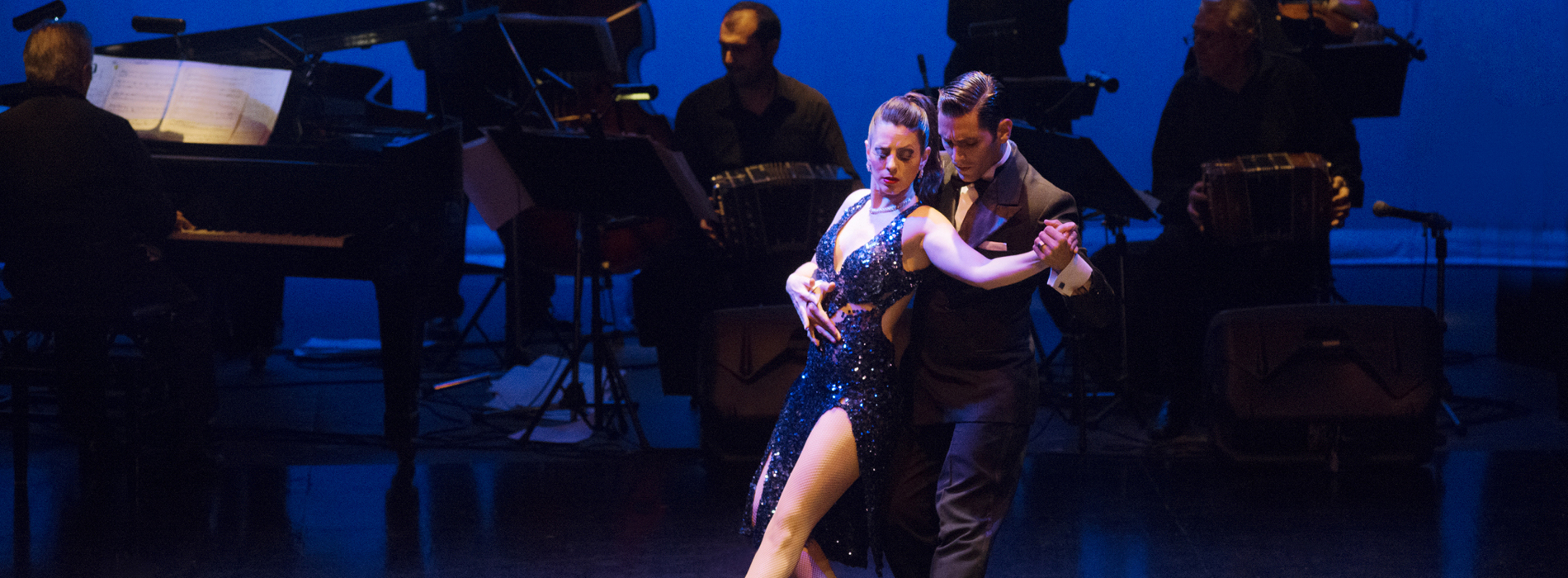
Buenos Aires Nightlife: A Tango Night Out
Because tango is so prevalent in Buenos Aires, take a stroll down the vibrant, busy streets of La Boca and you’re sure to witness a seductive restaurant performance or dance duo in fiery red costumes posing for tourist selfies.
The original sound of tango music was thought to have been created during a transformative period in the Rio de la Plata region (Montevideo, Uruguay, and Buenos Aires, Argentina), and it symbolized the sound of immigration in the 19th century.
Provocative music gained popularity in salons and brothels in Argentina, bringing the lower class together to dance and enjoy the music as a local secret far from the scrutiny of the government and high society.
It is stated that persons in positions of authority tried to outlaw and restrict tango soon after, preventing locals from performing in public. It wasn’t until early 20th-century tango dancers from Europe promoted the dance and music in Paris that the genre, which we now refer to as “tango,” made a triumphant comeback in Argentina as a highly esteemed art form.
There are many locations to view the sensual dance year-round, but the Argentinian capital now hosts an annual international tango festival to promote the art form. Here are a few places in Buenos Aires where visitors may watch the tango, ranging from dance performances on exquisite stages to social dance gatherings at milongas.
1. Astor Piazzolla Theatre
Tango espectáculo stage performances are where you should go if you want to be mesmerized by Argentine tango. These elaborate, expertly planned performances feature challenging lifts and stunts performed by skilled competitive dancers. The ideal place for it is the tango show at the immaculately preserved Astor Piazzolla Theatre, which features a range of Argentine tango dance routines. This specific tango performance honors famed musician Astor Pantaleón Piazzolla, whose well-known tango compositions have repeatedly appeared on Dancing with the Stars and So You Think You Can Dance. Each adult ticket to the show costs a little under USD 40 and begins each night at 10:00 PM.
2. Faena Hotel
A group of fit dancers performs modern Argentine tango choreography in the Rojo Tango Show at the Faena Hotel alongside live musicians and vocalists. The Rojo Tango Show takes place in a small space, unlike some tango espectáculo performances that can accommodate hundreds of spectators. Although the cost of the performance is increased by the exclusivity of the setting, you can cut costs by only buying show tickets rather than dinner and show tickets. The cost of the dinner and performance package, which starts at 8:30 PM and lasts for USD 260, is reduced to USD 220 for the 90-minute show alone, which begins at 10:00 PM.
3. La Ventana: Barrio de Tango
Visit La Ventana in San Telmo for a more authentic Argentine tango performance. During the Traditional Tango and Folklore Show, you’ll observe couples dancing in time to either a quintet or a larger orchestra’s music. For those who want to learn how to dance before watching the experts, La Ventana also sells a ticket that includes instruction. Tango lessons are $90 USD per day. The 90-minute performance starts at 10:00 PM, and tickets start at $70 USD.
4. Café Tortoni
In addition to its delicious food and elegant setting, Café Tortoni is widely recognized for its Argentine tango performances. In the Alfonsina Storni Room, which has 55 seats, the cafe has a tiny stage for Argentine tango performances that are held sporadically throughout the week. You get two chances to see Tango Sensations each evening, which is a good bet and runs daily from Monday to Friday. The first showing begins at 8:00 PM, followed by the second at 10:00 PM; both showings only cost roughly $13 USD for the entry. The Argentine Tango Museum is conveniently positioned above the cafe if you’re interested in learning more about the origins of the tango in Argentina.
5. Salón Canning
There are frequently more locals than foreigners and entrance rarely costs more than USD 10 when you check out the Argentine tango scene at milongas as opposed to tango espectáculo performances. Even if the room is packed with dancers, you may pull up a chair and observe the milonga without having to dance yourself. If you don’t arrive right after the dance lessons, you might be persuaded to join. Milonga Parakultural in Salón Canning is one such milonga. To secure a table close to the music and observe the couples twirling around the wooden dance floor, arrive early.
6. La Catedral Club
The haphazardly placed furniture in La Catedral Club brings the room’s towering ceilings into perspective. The dancehall welcomes a devoted young clientele of 20 to 30-somethings every day of the week from 11:00 AM to 4:00 AM. Visitors can eat cuisine from the on-site bar and kitchen at the laid-back La Catedral Club. The club is friendly, laid-back, and especially accommodating to new dancers; you can expect to see dancers of all skill levels here. La Catedral admission costs as little as $2 USD.
7. La Viruta Tango Club
Since 1994, dancers have congregated at La Viruta Tango Club, most often known as “La Viru.” This club, which is situated in the La Palermo neighborhood, has one of the largest dance floors in the city and attracts dancers of all ages and backgrounds. Bilingual dance classes in English and Spanish that are designed to accommodate dancers of all skill levels are included with admission to milongas at La Viruta. You are allowed to show up whenever you’d like if you’d rather not dance, but keep in mind that the later you arrive, the more likely it is that you’ll be dancing with more experienced people.
8. El Beso: The House of Tango
Tango is the only genre that El Beso features. Throughout the week, several dancers from the community host milongas and workshops. Each milonga will draw a different type of dancer, but Las Morochas is the most well-known since it is geared toward more advanced dancers. Milongas typically don’t begin until after 10:00 PM, and even then, the dance floor doesn’t get crowded until well beyond midnight.









